ST25 - Rice grains tell stories of Vietnam
From the sunny and windy land of Soc Trang , where rice fields stretch along the Hau River, engineer Ho Quang Cua and his colleagues have spent more than two decades diligently researching, breeding, testing and perfecting the ST25 rice variety. They do not have a modern laboratory, a budget of millions of dollars, or a large team, but they have passion, perseverance and the belief that a Vietnamese rice variety can change the way the world looks at Vietnamese rice.
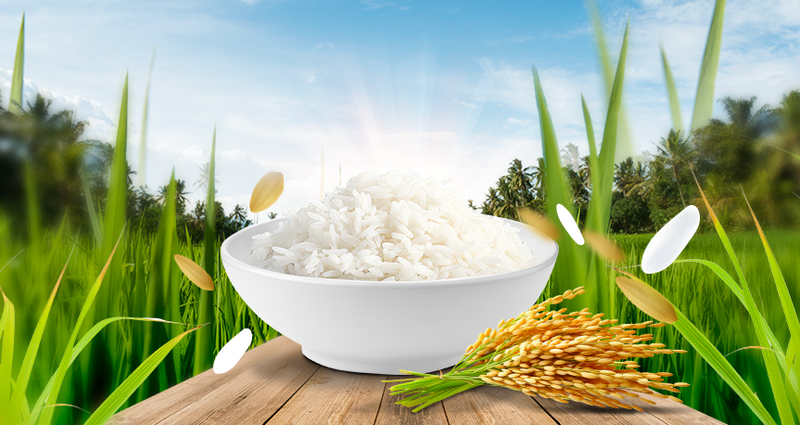
ST25 rice is the " World's Best Rice" with 3 awards, famous for its fragrant, sweet taste and high nutritional content. Illustrative photo
According to Mr. Ho Quang Cua, ST25 is a hybrid of two aromatic lines: the light pineapple scent of the Southern rice variety and the popped rice scent of the Northern Tam Xoan variety, creating a delicate, special aroma, "unmatched" by any other variety in the world. ST25 rice grains are long and slender, clear white, with little white dust, moderate stickiness, fluffy but still soft when cooled - characteristics that many culinary experts consider to be close to the "standard of a premium rice".
These characteristics do not come naturally. They are the result of thousands of failed crossbreedings, many failed harvests, and Mr. Cua’s sleepless nights recording every single change in each rice strain. ST25 is therefore not just a rice variety, but a symbol of the spirit of Vietnamese agricultural science: quiet, persistent, and tenacious.
In 2019, ST25 brought Vietnam to the podium for the first time when it was named “World’s Best Rice” held in Manila (Philippines). In 2023, at the Global Rice Trade Conference organized by The Rice Trader in Cebu (Philippines), ST25 rice continued to receive this noble title. In 2025, ST25 was honored again in Phnom Penh (Cambodia).
Once is a miracle, twice is an affirmation, but three times is a declaration: Vietnamese rice is not only delicious but also stable and classy. This is not only an achievement of a rice variety, but also an affirmation of the true value of Vietnamese rice in the eyes of international friends.
ST25 is not only delicious but also smart. With a growth cycle of about 100 days, not photosensitive, can be grown year-round (except in the cold season in the North) and is especially suitable for the rice-shrimp model, this rice variety opens up a sustainable direction for the Mekong Delta, especially in the context of increasingly severe climate change.
The performance of ST25 is recorded to be 3.5 times higher than that of Thailand's Khao Dawk Mali 105 variety, which has been the "legendary fragrant rice" for many years.
When a Vietnamese rice variety can surpass the main Thai variety in both flavor and yield, it is a sign that the potential of Vietnamese agriculture is still very large and has never been fully exploited.
Resources for Vietnam to have more "new ST25"
The journey of ST25 not only proves the quality of a Vietnamese rice variety that can step out into the world, but also opens up a new perspective on the space, resources and aspirations for Vietnamese agriculture to reach new heights, where many other products can reach the same level or surpass ST25.
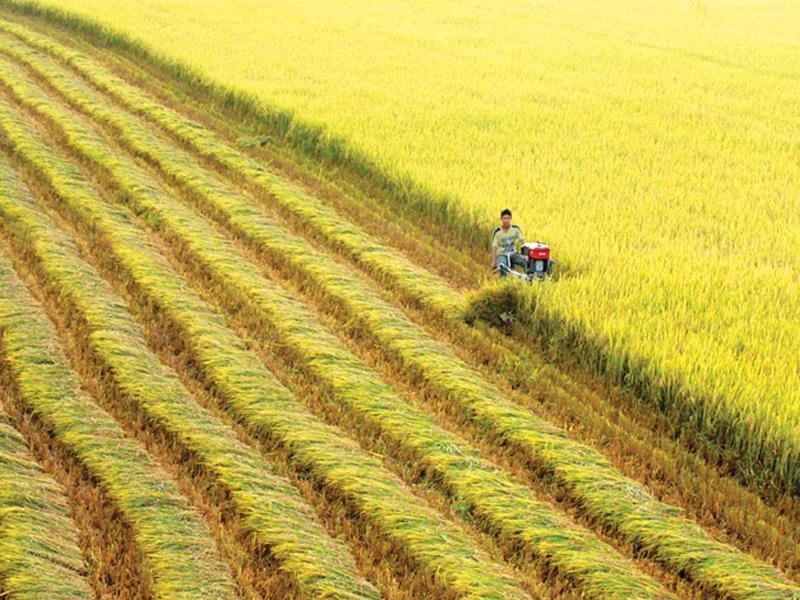
Harvesting rice in the Mekong Delta. Photo: Le Hoang Vu
The greatest potential for Vietnamese agriculture lies in the richness of its ecosystem and the diversity of species. Vietnam stretches from North to South, with different climates, soils, water sources, and salinity levels, creating thousands of unique native agricultural products.
Within the same country, we have the sweet alluvial soil of the Mekong Delta, the saline coastal soil, the clay soil of the Northern Delta, the mineral-rich basalt plateau, and the latitudinal stratification of climate. These conditions create hundreds of indigenous rice varieties with different aromas, structures, and adaptability. Vietnam currently has nearly 400 recognized rice varieties, but only about 10% have been extensively researched for brand development. The remaining space is huge.
There is still room in the market. As international consumers shift from “eating to fullness” to “eating deliciously, eating cleanly, eating with traceability”, the global “premium rice” market worth more than 5 billion USD per year is a great opportunity. Thailand has Jasmine, Japan has Koshihikari, India has Basmati. Vietnam can completely build its own “specialty rice map” with ST, RVT, Tam Xoan Hai Hau, Seng Cu, Nang Thom Cho Dao… if organized properly.
But for a long time, we often sold "raw" agricultural products or sold them in bulk, while the world increasingly appreciated specialty products with stories, origins, and sophisticated processing procedures.
For many years, we have been chasing productivity and output, leading to a situation of “many but not refined”. Meanwhile, high-end markets such as the US, Japan, and the EU do not need much, but require uniformity and standards.
When ST25 can be successful, it is entirely possible that "ST26, ST27" or fragrant rice varieties of An Giang, Dong Thap, Soc Trang can appear and be upgraded in a similar direction, as long as they are placed in a strict production ecosystem.
The resources for many Vietnamese rice varieties to reach the level of ST25 do not only come from the scientific factor of the varieties. The prerequisite is to build a systematic system of research, crossbreeding, testing, and breeding.
Currently, Vietnam's agricultural research institutes such as the Mekong Delta Rice Research Institute, the Vietnam Academy of Agricultural Sciences or local seed research centers have good expertise but lack links between research and businesses.
ST25 is successful because of the combination of research groups and private enterprises willing to invest, apply and bring products to market. This model needs to be replicated: each locality, each ecological region needs at least one research - testing center associated with enterprises to shorten the time from laboratory to field and to the table.
The second resource comes from the farmers themselves, the force that determines the quality of rice grains. To have many delicious varieties like ST25, farmers need support to access advanced farming processes, mechanization, sustainable farming techniques, reduce fertilizers and pesticides, and increase resilience.
Good rice does not only depend on the variety, but also on the way it is grown, harvested, dried, and preserved. Even the “best rice in the world” can lose quality if it is not grown properly, or if there is a lack of uniformity among producers. To expand the quality, we must standardize cultivation, have new cooperatives, concentrated raw material areas, and a synchronized processing system.
The third, indispensable resource is businesses. It is businesses that shape brands, open markets, set standards and lead the value chain.
For many years, Vietnam's rice exports have depended on small, low-scale traders, making the Vietnamese rice brand obscure. ST25 has shown that only when businesses step in, invest in packaging, traceability, and brand building, will the value be increased. If many Vietnamese businesses dare to invest heavily in the fragrant rice and specialty rice segment, we can completely create a "Vietnamese rice map" with many products with values equivalent to or exceeding ST25.
Another important resource is state policy. To have more delicious rice varieties like ST25, Vietnam needs a systematic intellectual property protection strategy to avoid a repeat of foreign enterprises registering trademarks in the US and Australia in the 2020-2021 period. In addition, green credit policies, encouraging high-quality agricultural production, supporting international certification, and developing specialized logistics for rice will create a long-term foundation for the entire industry. If ST25 overcomes many barriers to enter the world, then new rice varieties in the future need to "go with the system", instead of having to find their own way.
As the world becomes more and more concerned about the quality and story of agricultural products, each grain of Vietnamese rice carries not only the aroma, but also the national honor. Maintaining the quality, maintaining the brand, maintaining the trust, that is the way for Vietnamese rice to be not only the “best”, but also the “most expensive”, “most valuable” on the world agricultural map.
For generations, Vietnamese rice has been associated with the image of simplicity, with family meals, with rice fields stretching as far as the eye can see. But in a world competing with technology, quality and brand, rice is no longer just food, it is a national asset. ST25 is telling a beautiful story. But what Vietnam needs is an ecosystem so that tomorrow, ten other rice varieties and hundreds of other raw material areas can also tell similar beautiful stories.
Source: https://congthuong.vn/st25-tu-hat-gao-ngon-nhat-the-gioi-den-khat-vong-nang-tam-nong-nghiep-viet-430268.html


![[Photo] Special class in Tra Linh](https://vphoto.vietnam.vn/thumb/1200x675/vietnam/resource/IMAGE/2025/11/14/1763078485441_ndo_br_lop-hoc-7-jpg.webp)

![[Photo] Unique architecture of the deepest metro station in France](https://vphoto.vietnam.vn/thumb/1200x675/vietnam/resource/IMAGE/2025/11/14/1763107592365_ga-sau-nhat-nuoc-phap-duy-1-6403-jpg.webp)

![[Photo] Unique art of painting Tuong masks](https://vphoto.vietnam.vn/thumb/1200x675/vietnam/resource/IMAGE/2025/11/14/1763094089301_ndo_br_1-jpg.webp)

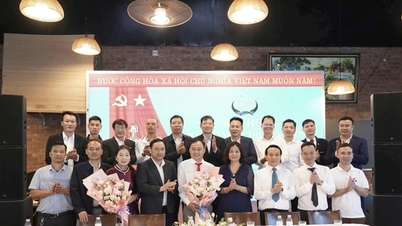







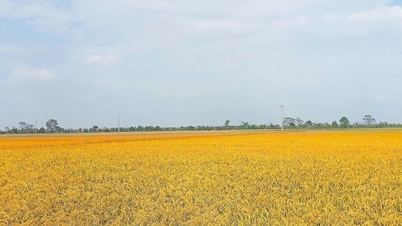

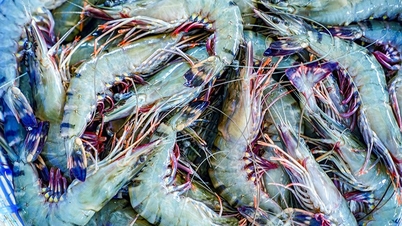



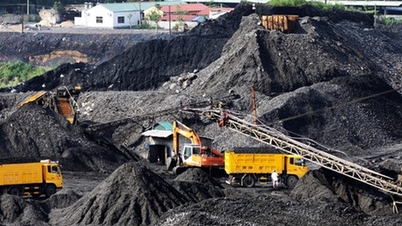

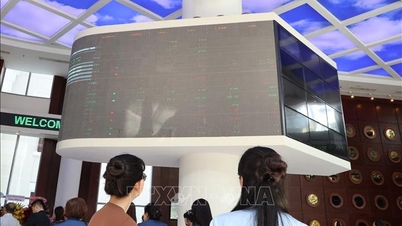

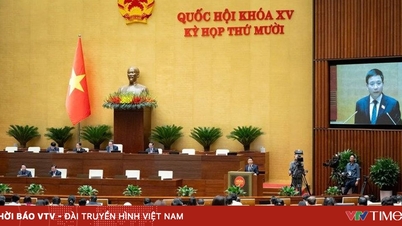

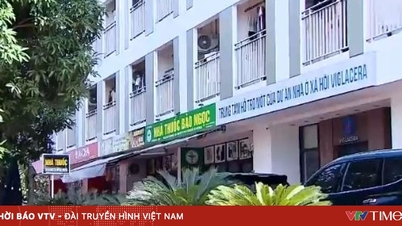








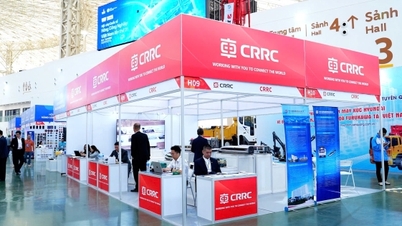







































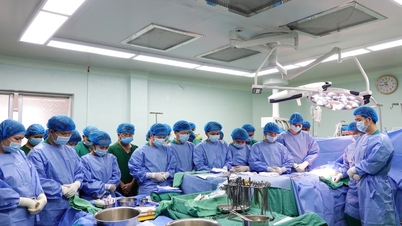

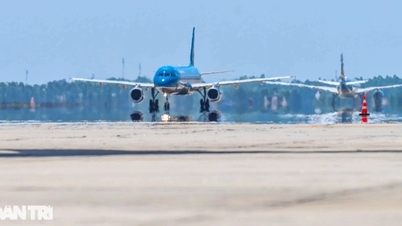

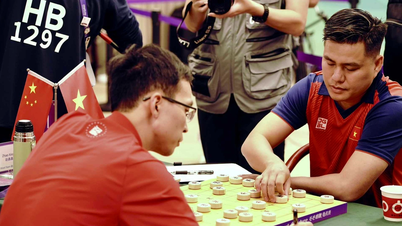
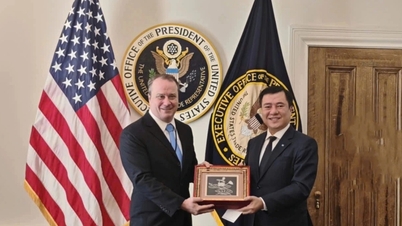

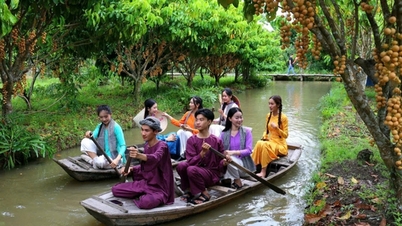

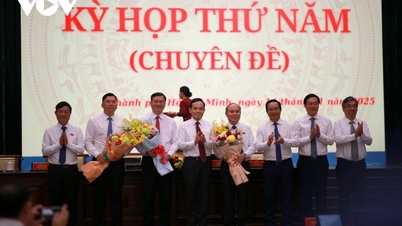


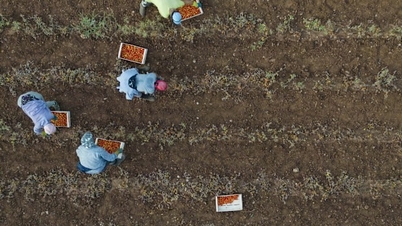







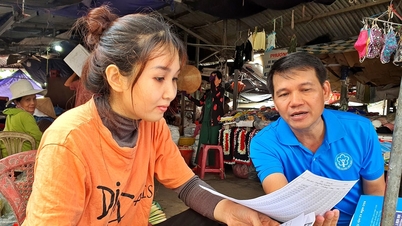

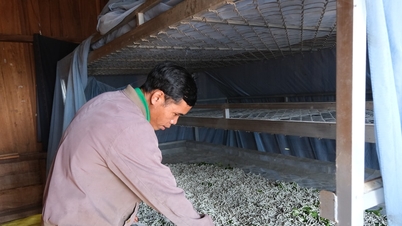

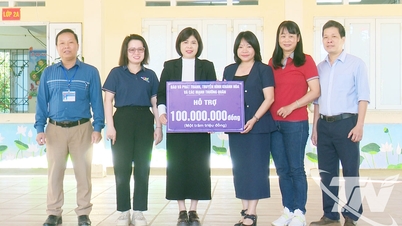


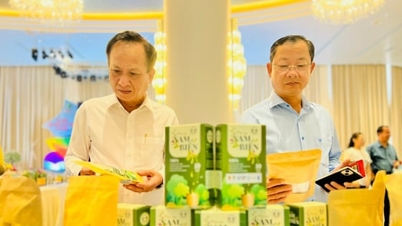








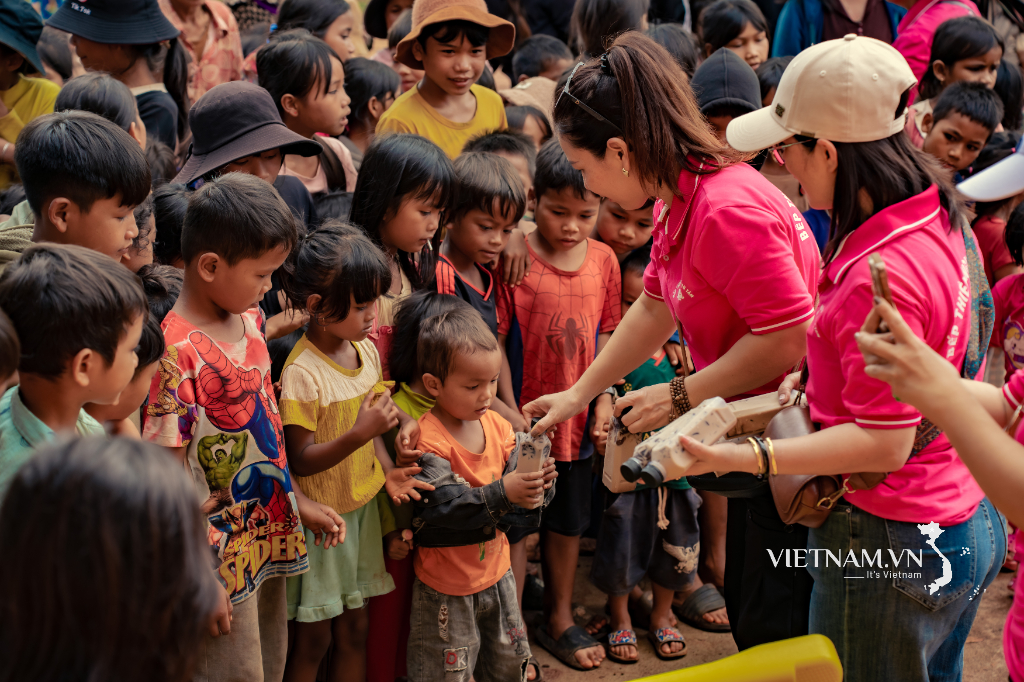
Comment (0)